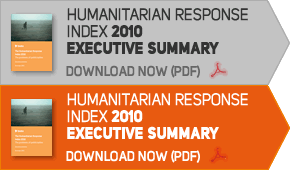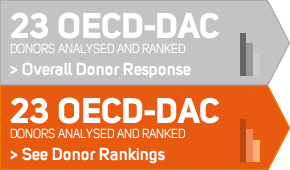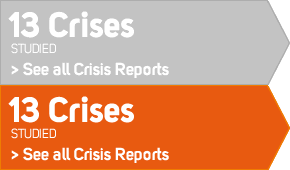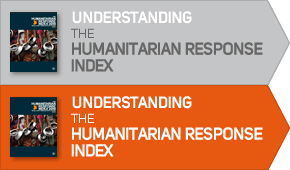In the interest of continual improvement, the HRI methodology is reviewed and adjusted each year to reflect developments in the humanitarian field and improvements in the index design and analysis. In 2009, nearly 50 key informants from governments, UN agencies, the Red Cross / Red Crescent Movement, NGOs and academics were consulted. They provided input aimed at improving and streamlining the index and expanding the analysis to provide donors with more useful and actionable information. The 2010 index retains the basic foundation used in past editions, but now has incorporated new statistical analyses and is more refined to improve and expand the analysis and findings robustness.
The main changes include:
• A new multidimensional analysis which groups donors according to the patterns of their similarities and respective differences in their performance in order to provide a more realistic benchmark of where donors stand in relation to their closest peers rather than the overall OECD/DAC group.
• A reduction of indicators (from 60 to 35) to simplify the results presentation and to more clearly focus on key aspects of donor practice.
• An even distribution of quantitative and qualitative indicators among the HRI’s five pillars to ensure a more balanced view of performance.
• A revised survey design and a comprehensive statistical analysis of responses to adjust for possible social/cultural factors that might impact the response pattern.
• Revised and improved statistical calculations and optimal values with all scores harmonised on a 0-10 scale to improve presentation and comparability among indicators, pillars and final scores.
• Data and indicator scores validated by sophisticated multidimensional statistical techniques, allowing for a deeper analysis of the interrelations among donor performance and the GHD Principles.
• A new quantitative indicator in Pillar 2 (Prevention, risk reduction and recovery) as a proxy measure for donor governments’ efforts to reduce climate-related vulnerability, which is in line with DARA’s commitment to track and measure the human consequences of climate change.






Share this